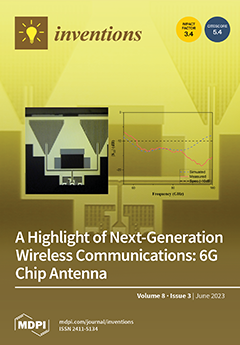Increasing CO
2 gas emissions results in climate change by increasing air temperature and worsening environmental problems. It is necessary to control CO
2 gas in the air to overcome this. This research aims to optimize the absorption of CO
2 gas in the air with 0.1 M NaOH absorbent in the column of the Raschig ring stuffing material using the response surface methodology (RSM). This research was conducted using a continuous system of three independent variables by varying the contact time (10–80 min), the flow rate of NaOH absorbent (2–5 L/min), and the flow rate of CO
2 gas (1–5 L/min). The response variables in this study were the absorption rate (L/min) and mass transfer coefficient, while the air flow rate was constant at 20 L/min. Air and CO
2 gas mix before absorption occurs and flow into the Raschig ring packing column so that contact occurs with the NaOH absorbent. Mass transfer of CO
2 gas occurs into the NaOH absorbent, resulting in absorption. The results showed that the effect of contact time (min), the flow rate of NaOH absorbent (L/min), and CO
2 gas flow rate individually and the interaction on CO
2 absorption rate and mass transfer coefficient were very significant at a
p-value of 0.05. Chemical absorption of CO
2 also occurred due to the reaction between CO
2 and OH- to form CO
32− and HCO
3−, so the pH decreased, and the reaction was a function of pH. Optimization using Design Expert 13 RSM Box–Behnken Design (BBD) yielded optimal conditions at an absorption time of 80 min, NaOH absorbent flow rate of 5 L/min, CO
2 gas flow rate of 5 L/min, absorption rate of CO
2 gas of 3.97 L/min, and CO
2 gas mass transfer coefficient of 1.443 mol/min m
2 atm, with the desirability of 0.999 (≈100%).
Full article





